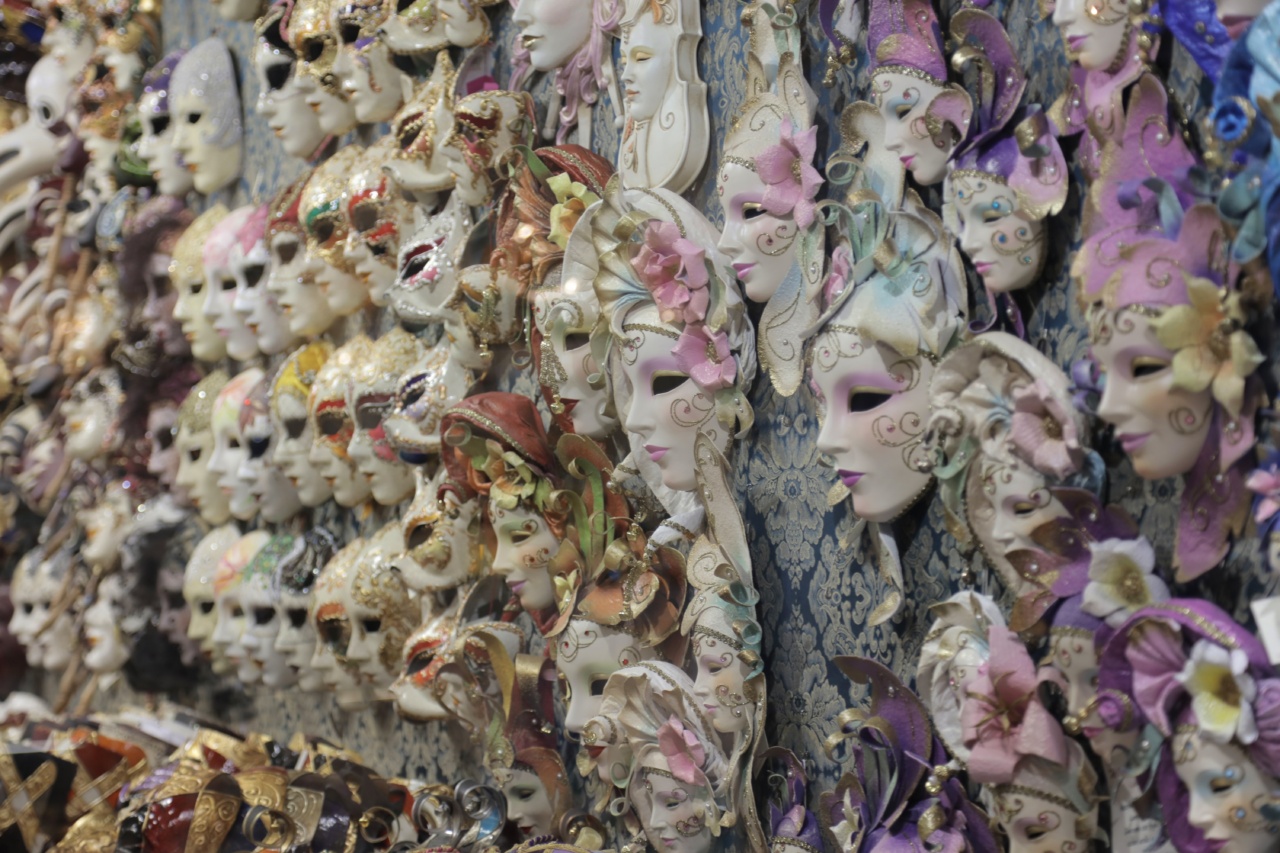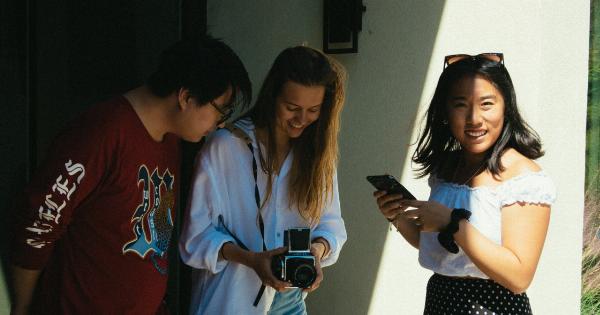Coloring is a fun activity that has been enjoyed for generations. With the rise of adult coloring books, coloring has become even more popular among people of all ages. However, coloring isn’t just for kids.
It is a creative outlet that can be used by anyone to relieve stress and anxiety.
Through the use of different coloring styles, you can create unique and beautiful images that are truly one-of-a-kind. In this article, we will explore some different coloring styles that you can use to enhance your coloring experience.
1. Realistic Coloring
Realistic coloring is the process of coloring an image in a way that closely resembles its real-life counterpart. This technique requires attention to detail and a good understanding of lighting and shading.
When coloring realistically, it is important to take your time and work in small sections. Start by adding a base layer of color, and then gradually build up darker shades to create depth and dimension.
Use your coloring tool to blend the colors together for a smooth and natural look.
2. Monochrome Coloring
Monochrome coloring is the process of using a single color or shades of the same color to fill in an image. This technique can create a dramatic effect, and is often used in artistic illustrations and abstract designs.
To create a monochrome image, start by selecting your desired color. Then, use different shades of that color to add depth and dimension to your image. You can also use white or black to create highlights and shadows.
3. Gradient Coloring
Gradient coloring is the process of gradually blending two or more colors together to create a smooth transition. This technique is often used in scenic illustrations and landscapes to create a sense of depth and atmosphere.
To create a gradient image, start by selecting your desired colors. Then, use a blending tool to gradually add one color to the next, creating a smooth transition between the two.
4. Pointillism Coloring
Pointillism is an artistic technique that involves using small dots or points to create an image. When coloring in a pointillism style, you can use different colors and shades to create a unique and colorful image.
To create a pointillism image, start by selecting your desired colors. Then, use small dots or points to fill in your image, layering different colors on top of each other to create depth and dimension.
This technique can be time consuming, but the end result is stunning.
5. Cartoon Coloring
Cartoon coloring is the process of coloring an image in a way that resembles a cartoon or animated style. This technique often involves using bold, bright colors and simplifying the details of the image.
To create a cartoon image, start by sketching out the basic shapes of your image. Then, use bold colors to fill in the different areas of the image, simplifying the details as you go. This technique is great for creating fun and whimsical images.
6. Black and White Coloring
Black and white coloring involves using shades of grey to create a monochrome image. This technique can create a dramatic and timeless look, and is often used in fashion illustrations and retro designs.
To create a black and white image, start by selecting your desired shades of grey. Then, use these shades to fill in your image, creating depth and dimension with different shades of grey.
7. Watercolor Coloring
Watercolor coloring involves using a water-based paint and brush to add color to your image. This technique can create a unique and beautiful effect, and is often used in floral and nature illustrations.
To create a watercolor image, start by sketching out the basic shapes of your image. Then, use a watercolor paint and brush to add color to your image, focusing on creating a natural and organic look.
Allow the paint to blend together and create texture for a truly unique image.
8. Grayscale Coloring
Grayscale coloring is the process of using shades of black and white to create a monochrome image. This technique creates a classic and timeless look, and is often used in vintage designs and portraits.
To create a grayscale image, start by selecting your desired shades of black and white. Then, use these shades to fill in your image, focusing on creating depth and dimension with different shades of grey.
9. Neon Coloring
Neon coloring involves using bright and bold colors to create a vibrant image. This technique is often used in pop art and modern designs, and can create a fun and playful look.
To create a neon image, start by selecting your desired neon colors. Then, use these colors to fill in your image, creating a bold and vibrant effect. This technique is great for creating eye-catching designs.
10. Pastel Coloring
Pastel coloring involves using soft and muted colors to create a gentle and natural look. This technique is often used in animal and nature illustrations, and can create a calming and relaxing effect.
To create a pastel image, start by selecting your desired pastel colors. Then, use these colors to fill in your image, creating a soft and gentle effect. This technique is great for creating peaceful and soothing images.
Conclusion
There are many different coloring styles that you can use to make your coloring experience more enjoyable. Whether you prefer the simplicity of monochrome coloring or the vibrancy of neon coloring, there is a technique that is sure to suit your style.
So why not grab your coloring book and try out a new coloring style today? You never know what amazing creations you might come up with!.































